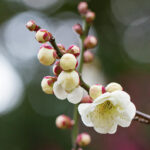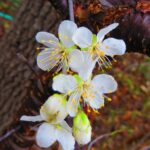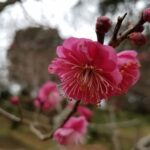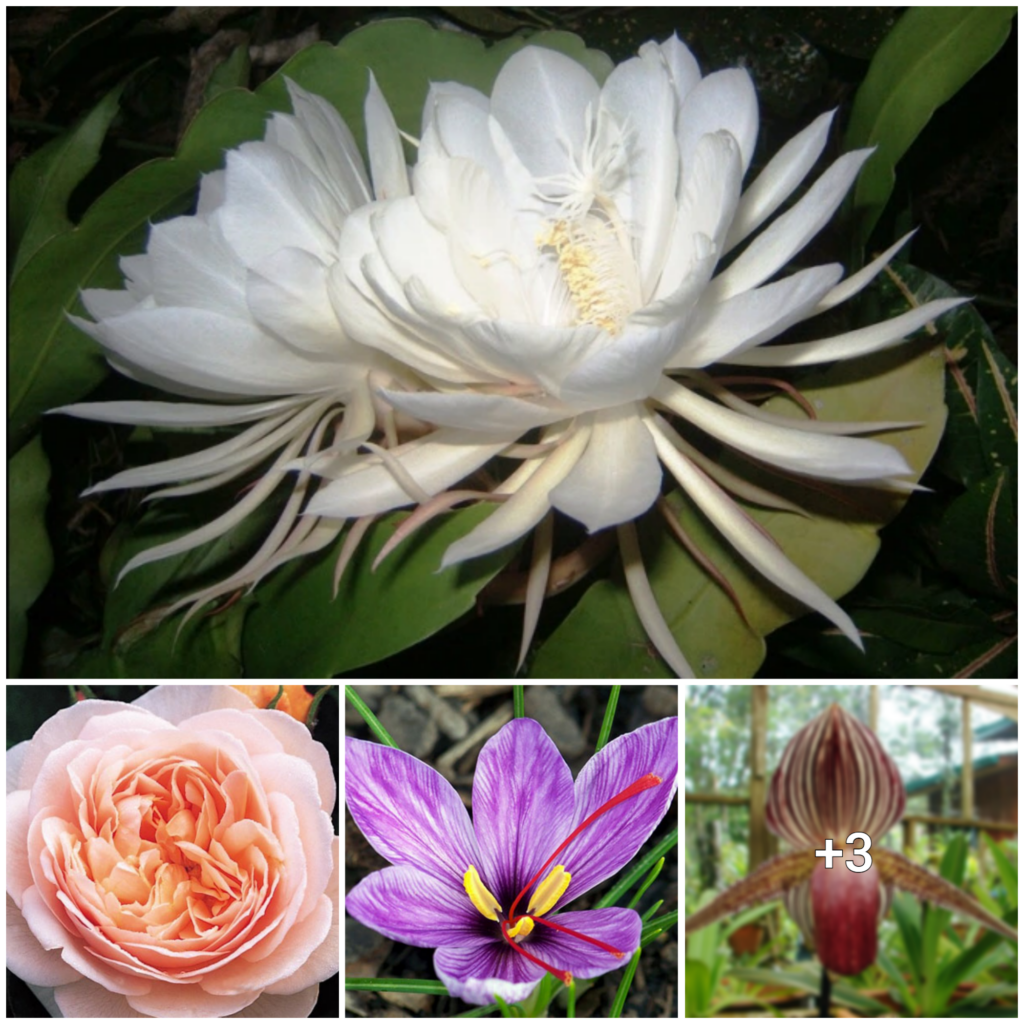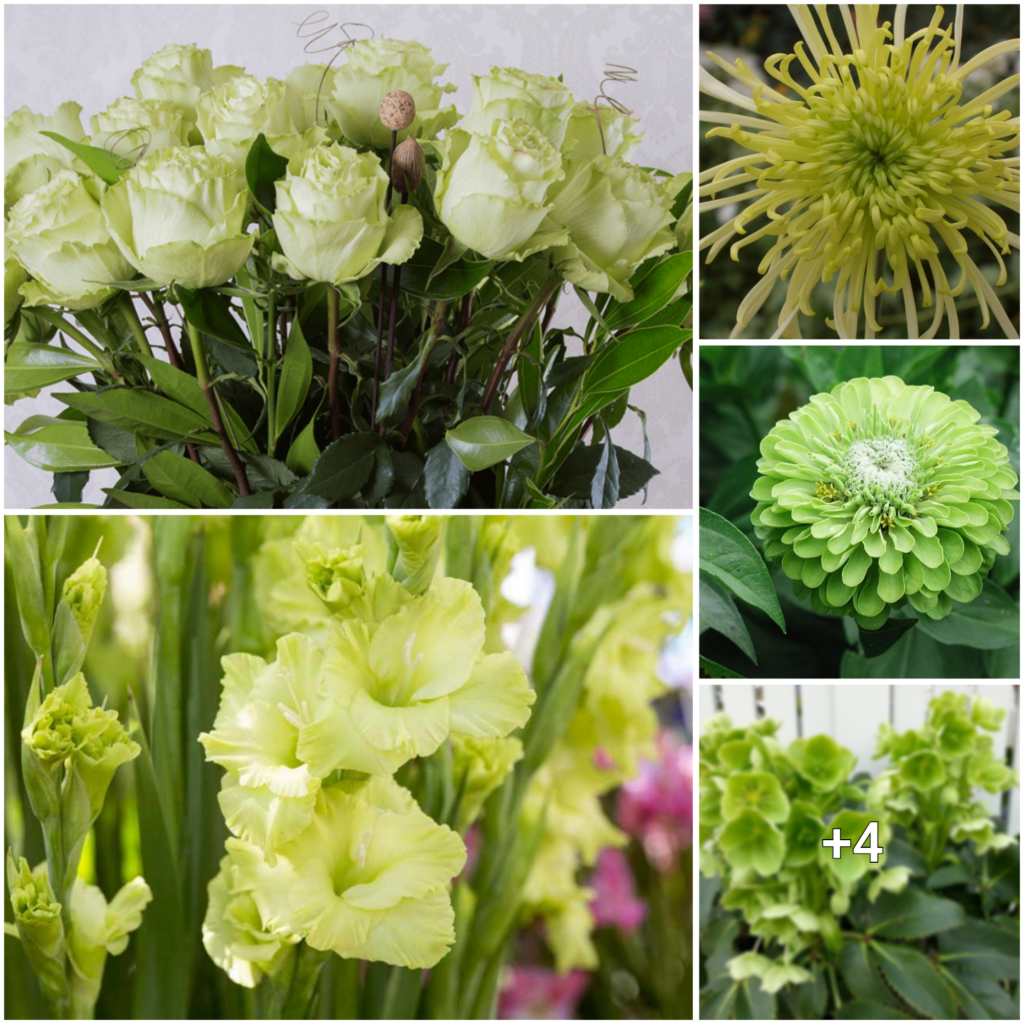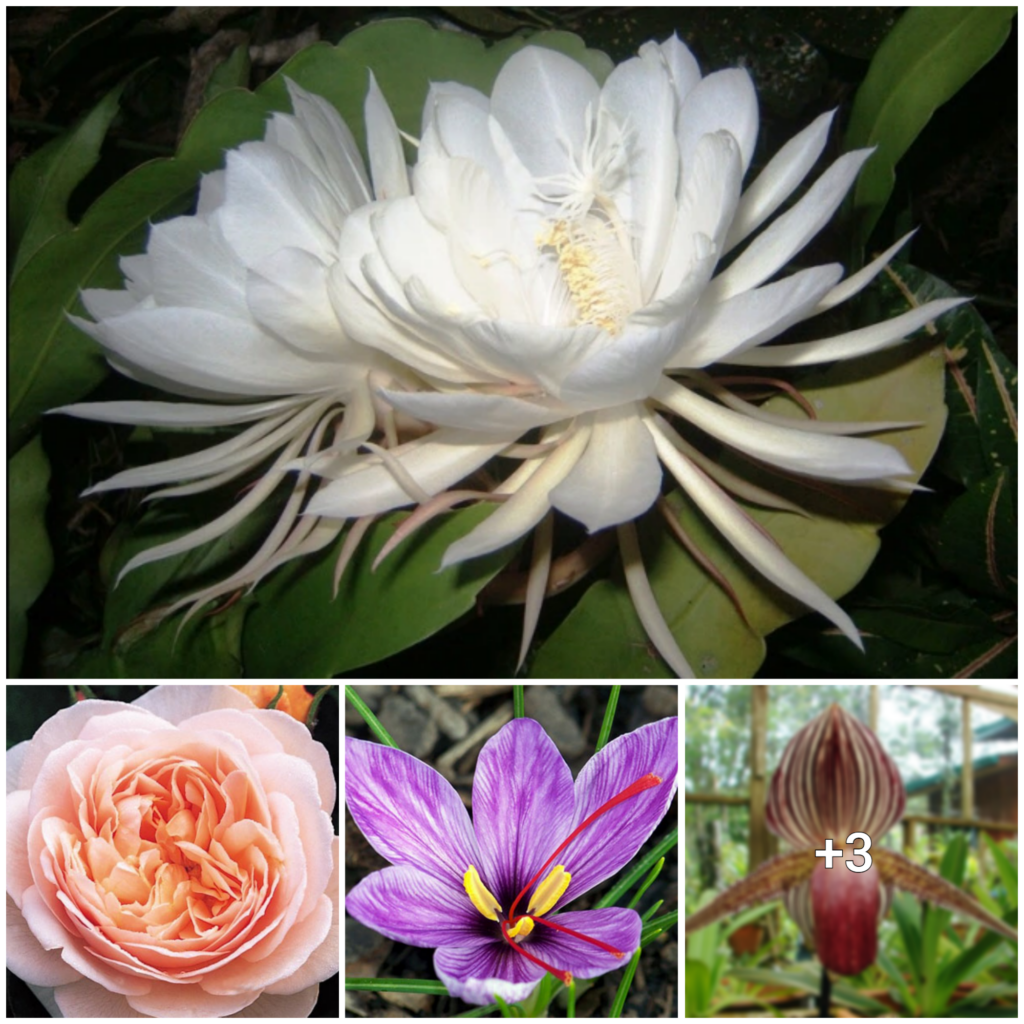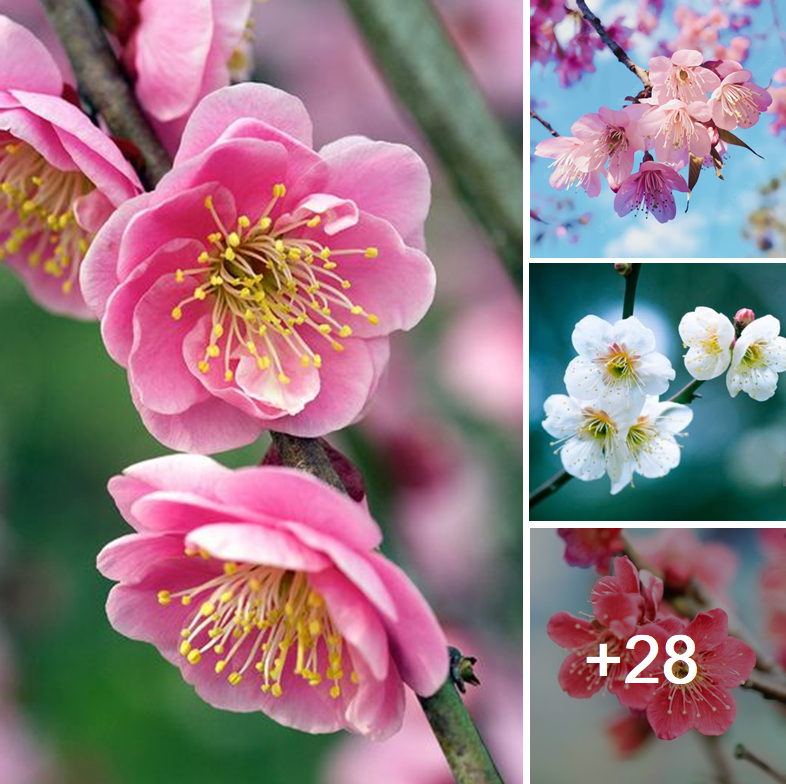
With the thawing of the winter frost, spring brings forth a new chapter in nature’s journey. One of the most captivating sights that unfold during this season is the blooming of plum blossoms. These exquisite flowers, found in gardens, parks and orchards, hold a special place in the hearts of many, especially in Asia where they are revered for their beauty and fragrance. In this article, we will delve into the world of plum blossoms, uncovering their symbolism, appearance, cultural significance, and the joy they bring as they usher in the arrival of spring.
Plum blossoms, also known as Japanese apricot blossoms, have significant cultural relevance in various parts of the world. In East Asian cultures such as Japan, China and Korea, these flowers represent endurance, resilience, and hope. Their ability to bloom even amidst harsh winter months is a powerful metaphor for life’s triumph over adversity and the promise of new beginnings.
Plum blossoms belong to the Prunus mume species and are known for their delicate and delicious nature. The flowers typically have five petals and come in varying shades, depending on the specific variety. One of the striking features of plum blossoms is that they often appear before the leaves, creating a visually stunning contrast against the crisp branches, symbolizing the essence of early spring.


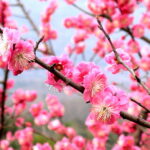
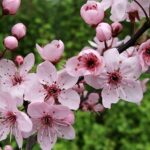


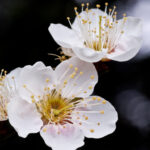
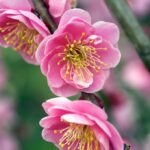
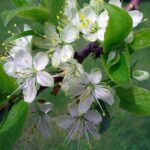

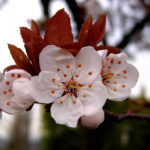
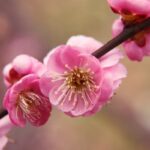



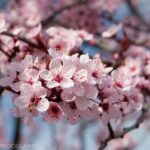
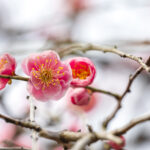
In Japan, the red and white plum blossom is considered as a flower that signifies congratulations.

